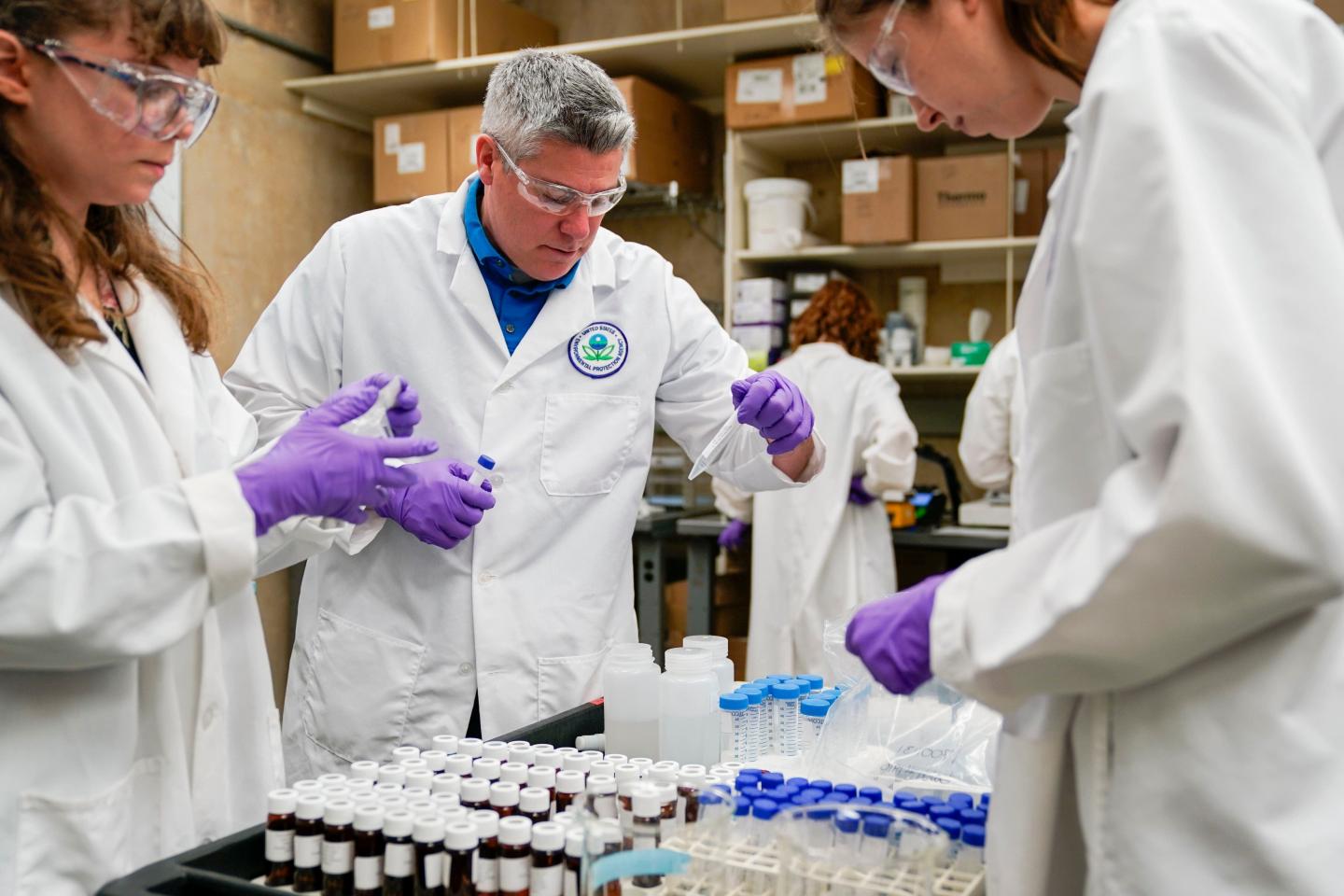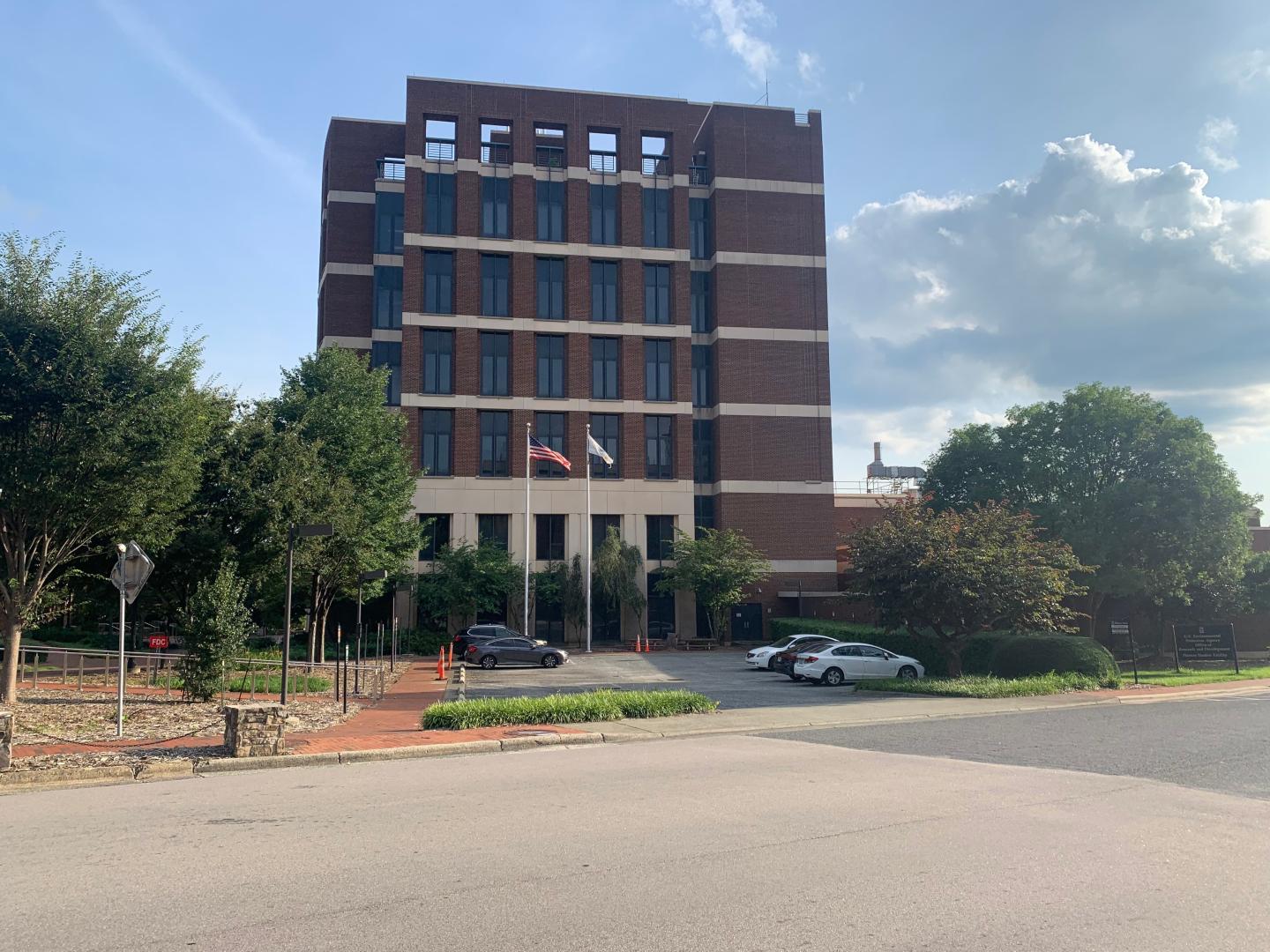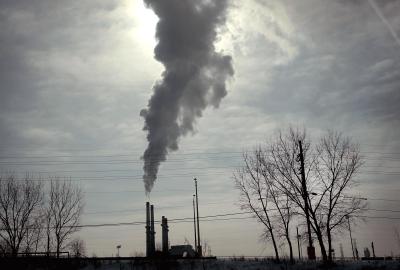Trump administration renews attacks on science
It’s quiet now at a modern, six-story brick and concrete building on the University of North Carolina at Chapel Hill campus. The lab, near the university medical center, used to be home to EPA’s Human Studies Facility, where scientists studied the effects of air pollution like ozone and wildfire smoke on human health — research that helped inform life-saving national air quality standards.

But this spring, the Trump administration canceled its lease, and the lab, including millions of dollars of unique, state-of-the-art equipment that cannot be relocated, is now collecting dust.
The fate of the scientists who used to work at this lab, and the 11 others like it around the country, is unclear. The labs are run by the U.S. Environmental Protection Agency’s scientific arm, known as the Office of Research and Development or ORD.
In July, EPA Administrator Lee Zeldin announced he would be dismantling ORD. Around 75% of the office’s roughly 1,000 scientists will be fired and the rest reassigned to other offices at the EPA.
According to Maria Doa, who worked at the EPA for over 30 years, and now leads chemical policy for the nonprofit Environmental Defense Fund, it’s not just a restructuring: It’s a multipronged, strategic assault on independent science that protects public health.
“ORD is a leading, world-class research organization that saves lives,” says Doa. “What will be left is a handful of scientists scattered throughout EPA who will be subject to the political bidding of the administration in pursuit of its goals.”
For 50 years, ORD has provided the independent research that underpins nearly all of the EPA’s environmental policies. Its work includes developing methods to detect pollutants, track their movement, model human exposure, assess toxicity and design technologies for prevention and remediation. Much of what keeps America’s air, water, and food safe, from analyzing the risks of forever chemicals in drinking water to finding the best ways to reduce fine particle pollution in the atmosphere, relies on ORD’s research and expertise.
Eliminating the office would potentially ease regulation of the chemical and fossil fuel industries, says Doa.
Environmental news that matters, straight to your inbox
“If you’re no longer basing health and environmental protections on rigorous, independent science, then it’s going to come down to what special interest group is exerting the most pressure,” says Doa, who had a front row seat during the first Trump administration as chemical industry lobbyists appointed to the Trump EPA pressured scientists to change their results to justify weakening regulations. “When that happens again, independent science will take a back seat,” says Doa.

The dismantling of ORD is just one of the Trump administration’s attempts to defund, disrupt and distort science at the EPA, severely undermining its ability to carry out its mission to protect human health and the environment. Two scientific advisory boards at the agency have been disbanded and may soon be restaffed, as under the first Trump administration, with ideologically persuadable members.
Cuts to funding at the EPA as well as the universities it partners with to conduct research have also hamstrung the ability of scientists to continue their work.
Public health and environmental groups are fighting back to protect the science that protects our air and water.
Attorney Tomás Carbonell helped defeat an attempt to censor science during the first Trump administration, which tried to restrict the types of research the EPA could use to inform its rulemaking. He is now gearing up for round two.
“We’ll continue to take the Trump administration to court when they break the law, including when it comes to the administration’s war on science,” says Carbonell, distinguished counsel and associate vice president at EDF. “We are also using the power of the Freedom of Information Act to shine a bright light on their actions so the American people can hold their leaders to account.”
- EPA cuts leave the public vulnerable — here's how
- EPA rule set to slash cancer risk by more than 90% is on the Trump administration’s chopping block
EDF has already successfully used FOIA to recover and publish the EPA’s legally required greenhouse gas inventory, which it failed to release this year for the first time ever — restoring a key accountability tool.

Scientists are also stepping up to meet the moment. When the Trump administration canceled the National Nature Assessment, a Congressionally-mandated report on the state of the nation’s lands, waters and wildlife, the scientists working on it — many of whom had volunteered their time — vowed to complete the report anyway. The authors are now working together to publish the assessment independently and make it available to the public.
But lasting damage has been done.
“It is so easy to break things, and so hard to put something back together,” says Doa. “The development of the next generation of scientists is being severely stunted.” And in the meantime, the team of scientists who used to be out there watching and preparing for the next emerging threat like endocrine disruptors, microplastics or forever chemicals, just won’t be on the job.
“Independent science used to be the guiding light at EPA,” says Doa. “Without it, I fear the agency will lose its way.”


